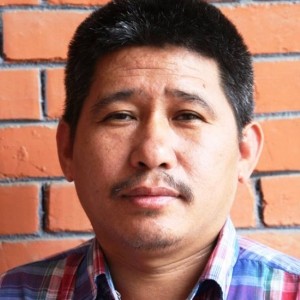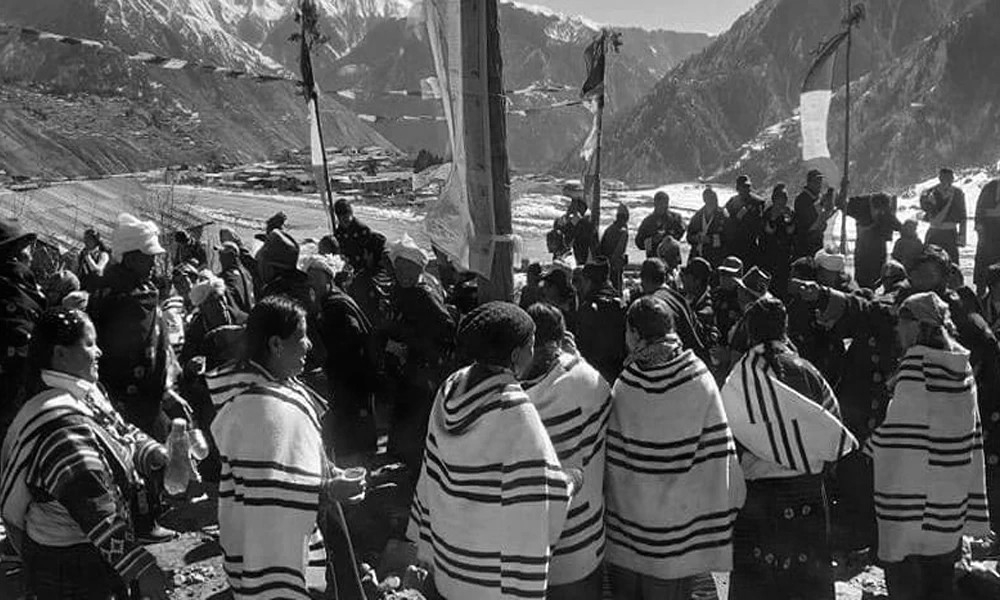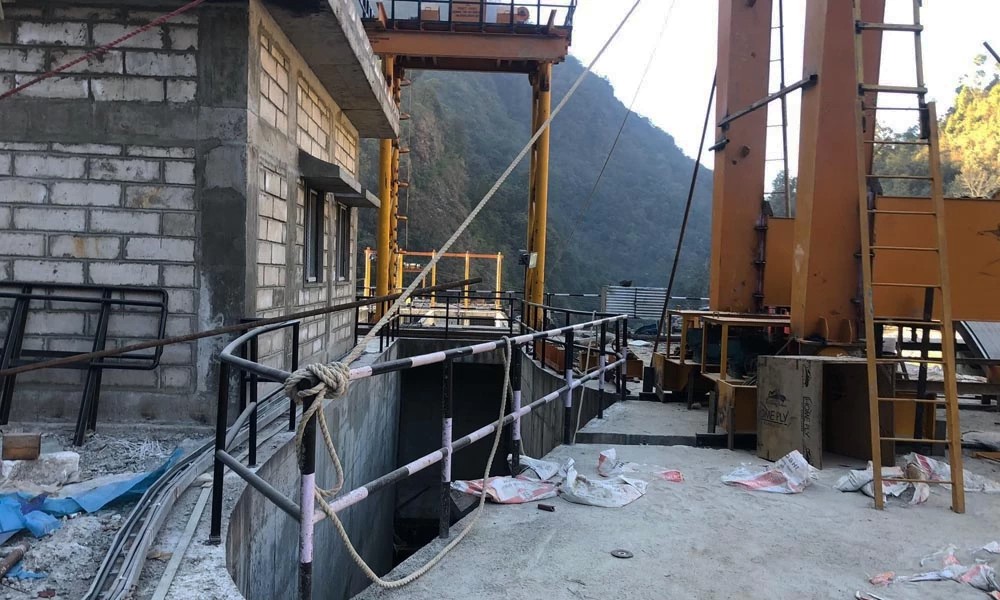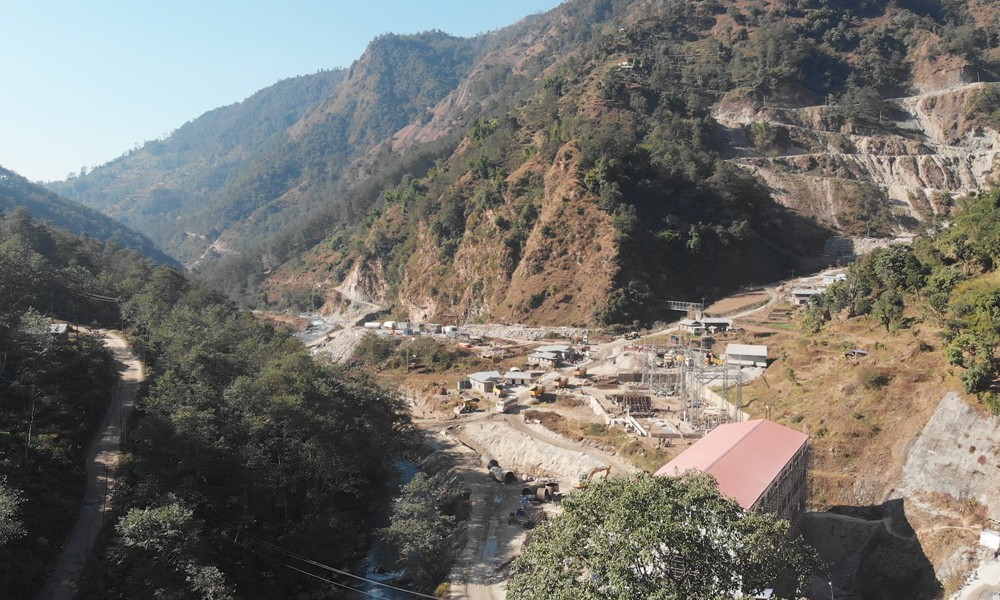The Covid-19 pandemic has turned the world upside down, forcing half of humanity to live in lockdowns. But Indigenous Peoples inhabiting Nepal's Himalaya region remain unaffected by the global health emergency. They say they are relatively safe from the contagious virus because they live in largely isolated and remote mountains, and because they are mostly involved in their traditional occupations.
Walung is one of the Indigenous Peoples living in Nepal's remote mountains, and they are found in Lelep, Olangchungola and Yamphudin of Taplejung district in Nepal's far-eastern hills. Walung Sewa Samaj's President Sonam Lama says: "Since our people live on the foothills of Kanchenjunga mountain, we are hardly contacted by outsiders even in normal times. So, chances of people coming in and infecting us are very slim".
The Covid-19 pandemic has turned the world upside down, forcing half of humanity to live in lockdowns. But Indigenous Peoples inhabiting Nepal's Himalaya region remain unaffected by the global health emergency.
Like Waling people, Nepal's indigenous communities like Lhomi, Siyar, Thami, Bhote, Dolpo, Topkegola, Phri, Mugal, Larke, Lhopa, Chhairotan, Tangbe, Thakali, Sherpa, Jirel and Hyolmo live in the Himalayan range between Kanchenjunga to the east and Himrokha to the west.
Mountain indigenous communities are considered to be most marginalized people. They are largely untouched by modern lifestyle, and are involved in traditional occupations like farming and animal husbandry. Because of their isolated lifestyle, they are not greatly impacted by travel ban, closure of the border with India and China, and strict restrictions on human movement.
Nepal Bhote Janajati Sewa Samiti is an association of Bhote people, and is based out of Bajura district in Nepal's far-western hills. Samiti's President Gambhir Singh Gurung says: "Our people are not up in the mountains herding yak and sheep, and they are unlikely to come into contact with infected people".
He adds: "Because of a nationwide lockdown, people are anyway unable to come to our villages".
Mountain indigenous communities do not depend on rice grains. They eat a variety of indigenous foods. So even when urban people struggle for food supplies, mountain indigenous communities continue to live normal life.
The extended lockdown has also halted farm-work, sparking fears about a food crisis. But most mountain indigenous communities are not worried about food shortages, either. Gurung says: "Most Mountain indigenous communities tend to store food to survive future famines. So, they are not worried about food crisis. And, they have been able to continue working on their farmland".
Walung Sewa Samaj's President Sonam Lama also rules out the possibility of a food crisis in near future. He says: "Mountain indigenous communities do not depend on rice grains. They eat a variety of indigenous foods. So even when urban people struggle for food supplies, mountain indigenous communities continue to live normal life".
Siyar Samaj Kalyan Kendra's President Nima Lama agrees, but he adds that those mountain indigenous communities who have left their ancestral land to settle down in urban area have been affected by the lockdown.
He says: "As for Siyar, they live in the Tsum valley of Gorkha where there is no food shortage for now. Even if rice grains and other foods supplies are not delivered to the Tsum valley, people can survive with indigenous foods and herbs."










